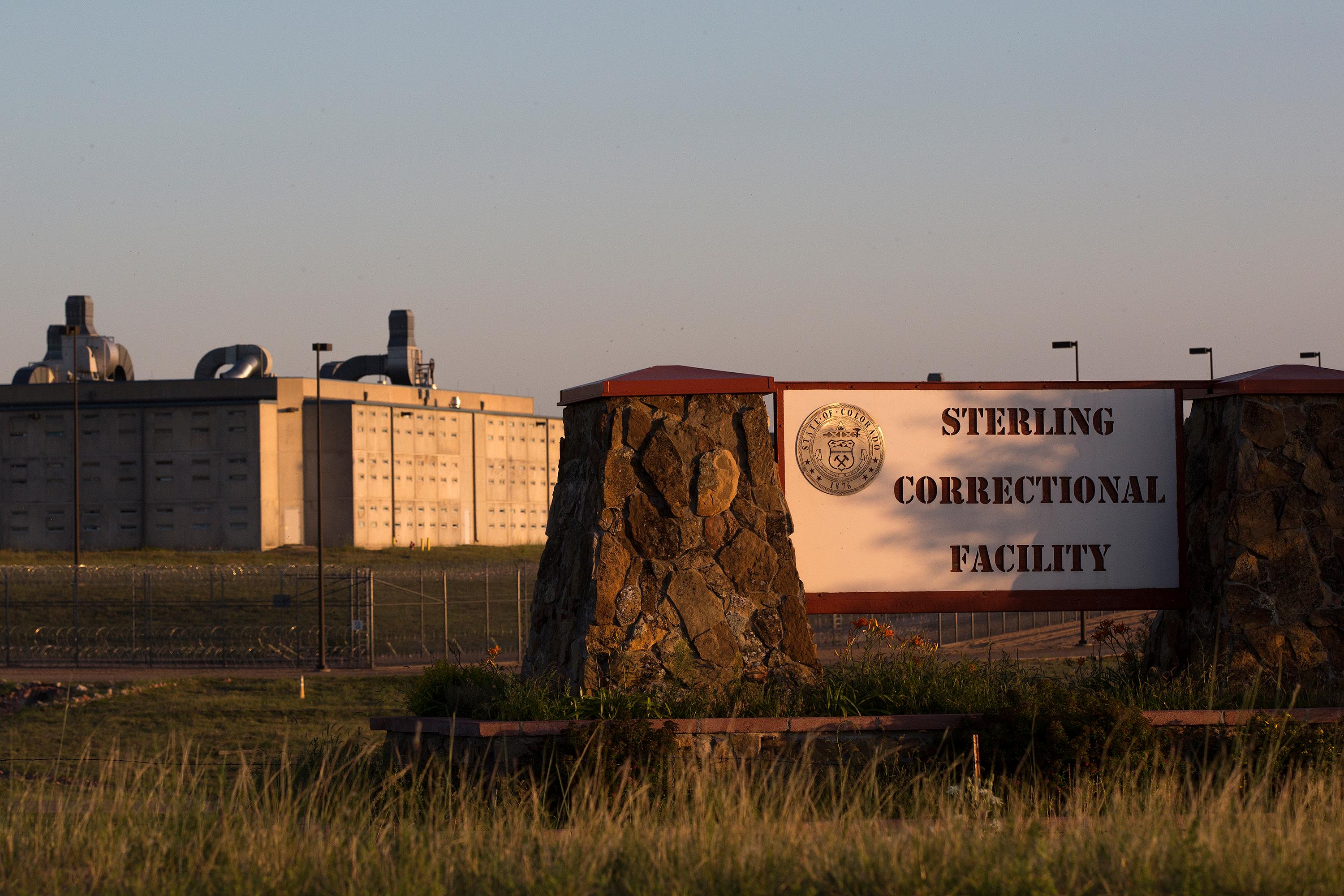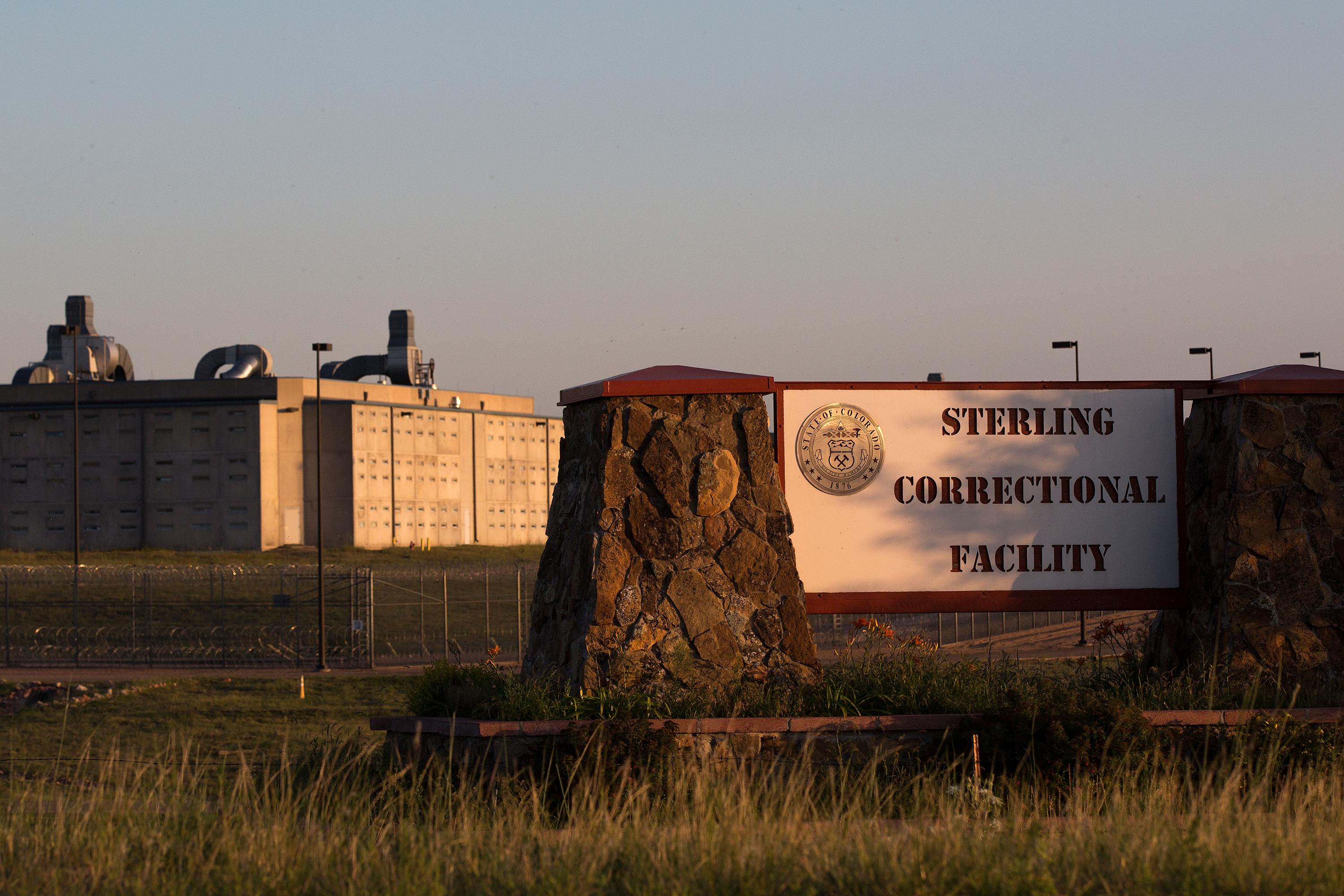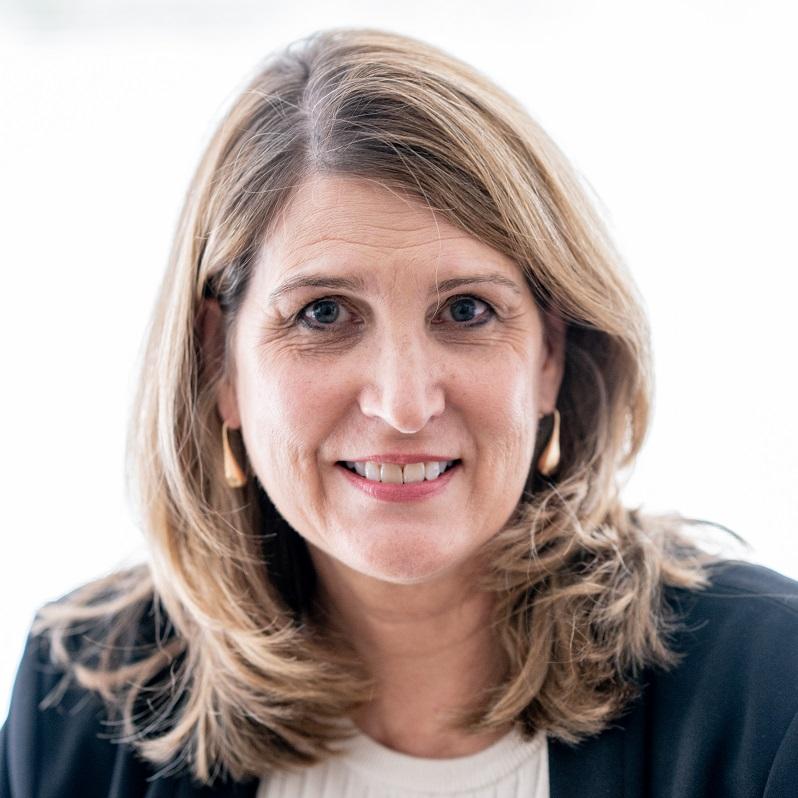

Colorado’s prison population has increased seven-fold since 1980 and the number of felony cases filed by prosecutors has jumped 50 percent in just five years — sparking a statewide incarceration boom that costs Coloradans almost $1 billion a year, according to an analysis by the American Civil Liberties Union of Colorado.
The problem is only expected to get worse. State officials project the number of people in prison to rise by almost 40 percent within six years, according to the report released Wednesday. Colorado Public Radio obtained an early copy.
Denise Maes, the ACLU’s policy director, said the problem worsened as local economies rebounded after the Great Recession, allowing towns and cities to hire additional police officers.
“So when you have more police on the streets you're certainly going to find more things to cite,” she said. “It would be great if DAs across all judicial districts would look at these two reports and say, ‘what are we doing?’”
In addition to the new report by the ACLU, the second report comes from the Colorado Criminal Justice Reform Coalition, a group working to reduce jail populations.
The ACLU’s analysis comes as lawmakers brace for another ask from the Department of Corrections to boost its budget next year — experts say that number could reach $1 billion. There has been a more than 500 percent increase in general fund spending on prisons since 1980.
“We have made not one dent at reducing domestic violence incidence rates, sex assault, child abuse, drug use: flat … no progress,” said Christie Donner, executive director of the Colorado Criminal Justice Reform Coalition. “We have to think differently. What we’re doing is not making a difference.”
The report also found that in 2014, the most recent year figures were available, Colorado had the ninth highest incarceration rate for blacks and the fourth-highest incarceration rate for Latinos in the country.
For the ACLU, reform should be tackled on several fronts — including holding prosecutors more accountable and encouraging substance abuse treatment as an alternative to jail and prison.
They also support diverting mentally ill people charged with crimes to a more therapeutic setting before they face the charges against them.
Donner’s group looked at prosecutions over several years and found drug felony case filings up in every single judicial district in the state since 2012, in many by more than 100 percent.
Both groups say prosecutors and police are taking an increasingly hard line on drugs, particularly for possession. Fifteen percent of prison admissions were for drug possession in 2016.
“It’s just the war on drugs. DAs should really answer this question with real data and real reasons,” Maes, at the ACLU, said. “There’s just a heavy prosecutorial bent on simple possession.”
She said the jump in felony drug case filings does not correspond with an equal number of misdemeanor filings or juvenile case filings. In other words, it can’t be explained by the state’s population increase alone.
The ACLU and other criminal justice reform advocates say they look forward to working with the legislature to reduce inmate populations significantly, particularly since the prison vacancy rate is currently below 2 percent statewide.
“Colorado doesn’t need more prisons,” said Donner at the Colorado Criminal Justice Reform Coalition. “It needs a sensible drug policy that treats drug abuse like a public health issue and not a criminal justice issue.”
ACLU leaders say they hope that through reforms in the legislature and at the ballot box, the state could see a 50 percent reduction in the number of people in prison. Among the ideas they’re pushing are sentencing reform, increased releases to parole and establishing more criminal diversion programs in communities of color.
Noting the analyses by her group and the CCJRC, the ACLU’s Maes said, “it would be great if DAs across all judicial districts would look at these two reports and say, ‘what are we doing?’”









